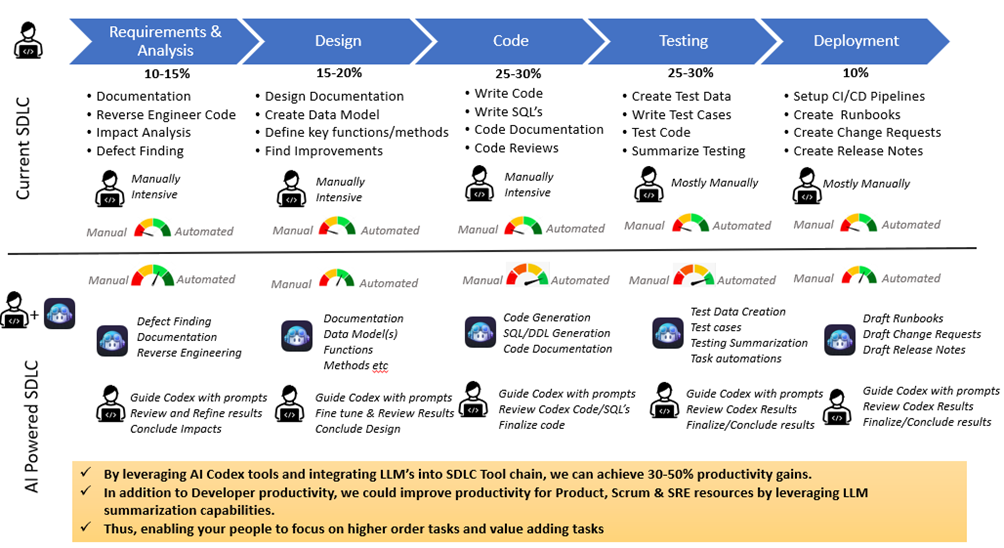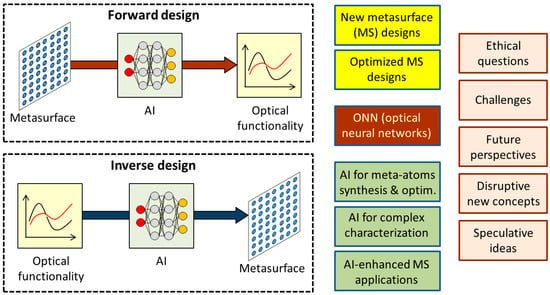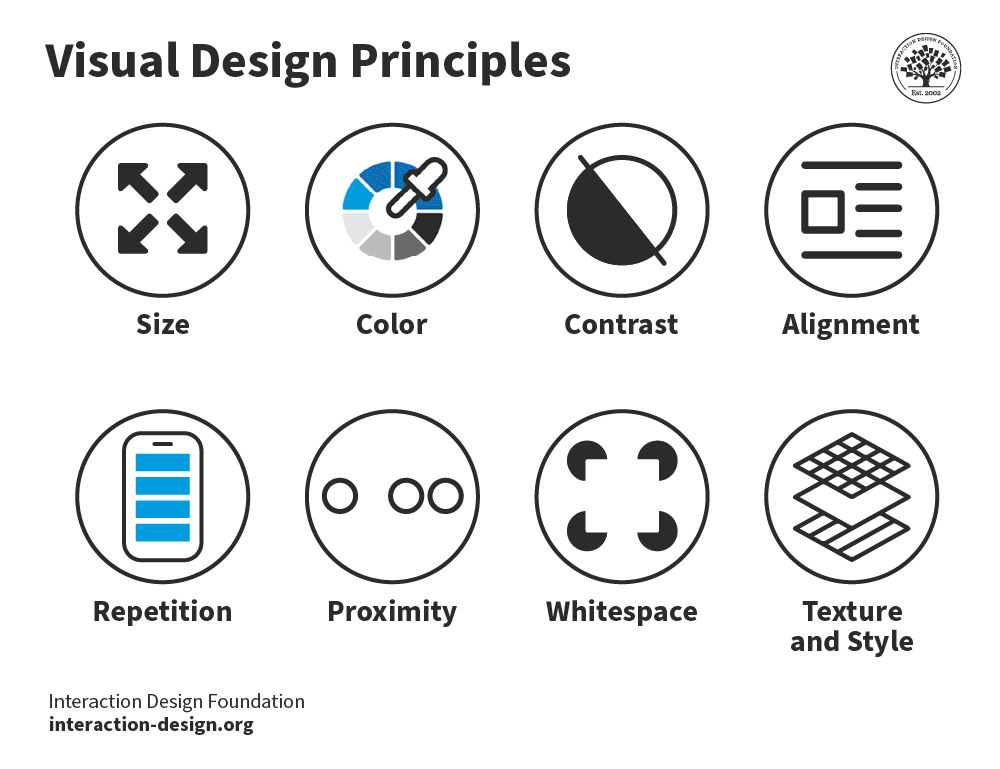Revolutionizing Presentations: How AI Tools Transform Slide Creation in 2025
The Evolution of Presentation Creation
I've watched presentation creation evolve dramatically over the years, shifting from manual design to sophisticated AI-assisted development. In this comprehensive guide, I'll walk you through the most powerful AI tools that are transforming how we create presentations in 2025, helping you overcome common challenges like time constraints and design limitations.
The Evolution of Presentation Creation
I remember the days when creating presentations meant hours of manual design work, struggling with alignment, and hunting for the right visuals. Today, we're witnessing a remarkable transformation in how presentations are developed, with AI tools leading the charge.
timeline
title Evolution of Presentation Creation
1990 : Traditional PowerPoint Era
: Manual design
: Limited templates
2010 : Cloud-Based Solutions
: Google Slides
: Better collaboration
2020 : Early AI Integration
: Template recommendations
: Basic automation
2025 : Full AI Transformation
: Content generation
: Automated design
: Conversational interfaces
Pain Points Addressed by Modern AI Tools
In my experience working with teams across various industries, I've found that traditional presentation software often falls short in today's fast-paced environment. Modern AI presentation tools address several critical pain points:
- Time constraints - What once took hours can now be accomplished in minutes
- Design limitations - Non-designers can create professional-looking slides
- Content development - AI helps structure and refine messaging
- Consistency challenges - Automated styling ensures brand coherence
The spectrum of AI capabilities has expanded dramatically, ranging from simple template selection to full content generation. Some tools now offer conversational interfaces that transform your ideas into structured visual presentations with minimal input.
As I've transitioned from traditional presentation software to AI tools for presentation and slideshow creation, I've noticed a significant reduction in preparation time while achieving better results. The technology has matured to a point where it genuinely enhances creativity rather than limiting it.

Top AI Presentation Tools for Different Needs
I've tested dozens of AI presentation makers over the past year, and I've found that they generally fall into three categories: comprehensive platforms, specialized tools, and budget-friendly options. Let's explore the standouts in each category.
Comprehensive Platforms
PageOn.ai
Transforms conversational inputs into structured visual presentations using a unique AI Blocks system.
Best for: Teams needing to quickly visualize complex concepts
Beautiful.ai
Offers automated design adjustments and intelligent template recommendations.
Best for: Design-conscious professionals with limited design skills
Tome
Focuses on narrative-driven presentation generation with a storytelling approach.
Best for: Narrative-heavy presentations and storytellers
Specialized Tools
Canva Magic Design
Template-based design with AI enhancements and a vast library of assets.
Best for: Visual-heavy presentations with minimal text
Gamma AI
Text-to-presentation conversion through an intuitive chatbot interface.
Best for: Quick conversions from text documents to slides
Lindy
End-to-end presentation workflow including meeting preparation and follow-up.
Best for: Sales teams and client-facing presentations
Free and Budget-Friendly Options
For those just starting with AI presentation tools or working with limited budgets, I've found several free ai tools for educational slides and other purposes:
While these free options offer impressive capabilities, I've found they typically have limitations compared to paid versions:
- Limited export options (often watermarked or PDF-only)
- Restricted access to premium templates and AI features
- Fewer integration options with other tools
- Limited cloud storage for presentations

Key AI Features Transforming Presentation Creation
The most impressive aspect of modern AI presentation tools is how they transform the entire creation process. Let me walk you through the key features that I've found most valuable in my own workflow.
Content Generation Capabilities
flowchart TD
A[User Input] --> B[AI Content Generator]
B --> C{Content Type}
C -->|Text| D[Narrative Generation]
C -->|Data| E[Visualization Creation]
C -->|Images| F[Visual Search & Integration]
D --> G[Slide Content]
E --> G
F --> G
G --> H[Final Presentation]
In my experience, the content generation capabilities of modern AI tools are truly remarkable. I've been particularly impressed with how they can transform simple bullet points into engaging narratives that flow naturally from slide to slide.
Data visualization is another area where AI excels. Tools like PageOn.ai offer Deep Search functionality that automatically integrates relevant visuals and data without requiring manual searching. This has saved me countless hours of hunting for the perfect chart or image to illustrate my points.
PageOn.ai Deep Search Example
When I needed to create a presentation on market trends in renewable energy, I simply entered my topic and PageOn.ai:
- Automatically pulled relevant market data from trusted sources
- Generated appropriate chart types based on the data structure
- Created visual metaphors that reinforced key messages
- Integrated everything into a coherent visual narrative
Design Intelligence
As someone who doesn't have formal design training, I've found the design intelligence features of AI presentation tools to be incredibly valuable. These tools offer:
- Automatic layout optimization - Elements are positioned for maximum visual impact
- Responsive design - Slides adapt to different screen sizes and formats
- Color palette recommendations - AI suggests complementary colors based on your brand
- Typography pairings - Font combinations that work well together are automatically applied
PageOn.ai's AI Blocks feature has been particularly useful for creating fluid visual structures without design expertise. I can simply describe what I want, and the system generates modular visual components that can be easily arranged and customized.

Workflow Enhancements
Beyond content and design, AI presentation tools are transforming how we work. I've been particularly impressed with the voice-to-presentation capabilities that allow me to simply speak my ideas and have them organized into a coherent structure.
Collaboration features powered by AI have also changed how teams work together on presentations. Instead of endless back-and-forth on design details, the AI handles the visual consistency while team members can focus on refining the message.
PageOn.ai's conversational approach to presentation building feels like working with a skilled design assistant. I can have a natural dialogue about what I want to communicate, and the system translates that into visual slides that capture my intent.
When creating ai lesson presentation makers for educational content, I've found that the workflow enhancements offered by AI tools allow me to focus more on the educational value and less on the mechanics of slide creation.
Strategic Implementation of AI for Better Presentations
Having worked with various AI presentation tools, I've developed strategies for getting the most value from these powerful systems. Let me share my approach to effective presentation planning with AI assistance.
Effective Presentation Planning with AI
I start every presentation project by using AI to outline and structure complex information. This helps me identify the core narrative and ensure logical flow before diving into slide creation.
graph TD
A[Define Core Message] --> B[Use AI to Generate Outline]
B --> C[Review & Refine Structure]
C --> D[Generate Initial Slides]
D --> E[Add Personal Elements]
E --> F[Apply Design Consistency]
F --> G[Review & Finalize]
style A fill:#FF8000,stroke:#E67300,color:white
style G fill:#FF8000,stroke:#E67300,color:white
PageOn.ai has been particularly valuable for transforming fuzzy concepts into clear visual hierarchies. I can start with a general idea, and through conversation with the AI, develop a structured presentation that communicates my message effectively.
Balancing Automation with Personalization
One of the biggest challenges with AI presentation tools is finding the right balance between automation and personalization. I've developed a framework for deciding when to use AI-generated content versus custom elements:
| Presentation Element | AI Automation Level | Human Input Needed |
|---|---|---|
| Overall structure | High | Review and adjust flow |
| Design elements | High | Brand guidelines input |
| Data visualizations | Medium | Data verification |
| Core messaging | Low-Medium | Significant refinement |
| Personal stories/anecdotes | Very Low | Almost entirely human |
To maintain brand voice while using AI tools, I always start by providing the system with examples of existing content that captures the desired tone. This helps the AI generate new content that feels consistent with established communication styles.
Integration with Existing Workflows
I've found that tools like PageOn.ai work best when viewed as complements to human creativity rather than replacements. My most successful presentations combine AI-generated structures with personal insights and storytelling that only a human can provide.
For teams already comfortable with traditional presentation software, the export options to PowerPoint and Google Slides are crucial. This allows for a hybrid approach where initial creation happens in AI tools, but final refinements can be made in familiar environments.
When selecting AI background for presentations, I've found that integration with existing design systems is essential for maintaining visual consistency across all company materials.

Expert Techniques for Maximizing AI Presentation Tools
After months of experimentation with various AI presentation tools, I've developed several advanced techniques that significantly improve results. Let me share some of my most effective strategies.
Prompt Engineering for Better AI-Generated Slides
The quality of AI-generated slides depends heavily on how you communicate with the system. I've developed specific command patterns that consistently yield better results in PageOn.ai and other tools:
Basic Prompt
"Create slides about renewable energy trends"
Result: Generic slides with basic information
Enhanced Prompt
"Create 5 data-driven slides showing renewable energy growth trends 2020-2025, highlighting solar vs wind adoption rates for executive audience"
Result: Focused, relevant slides with appropriate data visualizations
When communicating your vision to AI systems, I've found that specificity is key. Include details about:
- Target audience and their knowledge level
- Presentation context (meeting, conference, educational)
- Desired emotional response or action
- Visual style preferences (minimalist, bold, corporate)
- Time constraints for the presentation
Advanced Customization Strategies
PageOn.ai's Agentic capabilities allow for sophisticated refinement and polishing of presentations. I often use a multi-step process:
flowchart LR
A[Initial Generation] --> B[Content Review]
B --> C[Design Refinement]
C --> D[Narrative Enhancement]
D --> E[Final Polish]
subgraph "PageOn.ai Agentic Capabilities"
B
C
D
end
I've also found significant benefits in combining multiple AI tools for comprehensive presentation development. For example:
Content Strategy
Use PageOn.ai for overall structure and narrative flow
Visual Assets
Leverage specialized image generation tools for custom graphics
Data Visualization
Use dedicated data tools for complex charts and then import
Practical Time-Saving Workflows
One of my favorite aspects of AI presentation tools is how they've transformed my workflow. I can now go from concept to final presentation in under an hour by following these steps:
- Brain dump - Spend 5-10 minutes writing down all key points without structure
- AI structuring - Feed this content to PageOn.ai to create an organized outline
- Initial generation - Generate the first version of slides based on the outline
- Focused refinement - Spend most of your time improving only the most important slides
- Consistency pass - Use AI to ensure visual and tonal consistency across the deck
For teams that need to create multiple presentations with consistent branding, I've developed batch creation techniques that leverage AI tools:
Future Trends in AI Presentation Development
As someone deeply immersed in the presentation technology space, I've been tracking emerging trends that will shape the next generation of AI presentation tools. Here's what I believe we'll see in the coming years.

Emerging Technologies
Several technologies are converging to create more powerful presentation tools:
- Multimodal AI - Systems that can process and generate text, images, and video simultaneously
- Adaptive presentations - Content that dynamically adjusts based on audience engagement
- AR/VR integration - Immersive presentation experiences beyond traditional slides
- Real-time data integration - Live data feeds that update visualizations automatically
- Emotional intelligence - AI that can suggest content adjustments based on audience sentiment
Interactive and Dynamic Presentations
The static presentation is rapidly becoming obsolete. I'm particularly excited about the rise of interactive and dynamic presentations powered by AI. These new formats allow for:
Audience-Driven Navigation
Presentations that adapt their flow based on audience questions and interests
Interactive Data Exploration
Visualizations that allow viewers to manipulate parameters and explore scenarios
Multi-Path Narratives
Branching content that supports different storylines based on context
Real-Time Collaboration
Multiple presenters and audience members contributing simultaneously
Evolution of PageOn.ai and Other Tools
I've been watching PageOn.ai and other leading tools evolve rapidly to meet changing presentation needs. The most promising developments include:
Balancing Automation and Creativity
As AI capabilities advance, I believe the most successful presentation creators will be those who find the optimal balance between automation and human creativity. The future isn't about AI replacing human presenters, but rather enhancing our ability to communicate effectively.
The most exciting aspect of this evolution is how it democratizes high-quality presentation creation. Tools like PageOn.ai are making it possible for anyone with ideas to express them visually without needing specialized design skills.
Case Studies: Real-World Success with AI Presentation Tools
I've had the opportunity to work with various teams using AI presentation tools across different industries. Let me share some of the most impressive transformations I've witnessed.
Business Presentations Transformed
Global Consulting Firm
A consulting team I worked with was struggling with tight deadlines for client presentations. By implementing PageOn.ai, they achieved:
- 70% reduction in presentation creation time
- Consistent brand application across all client materials
- More time for consultants to focus on insights rather than slides
- Higher client satisfaction scores for presentation quality
"The difference was immediate. Our team went from dreading presentation prep to actually enjoying the process." - Senior Partner
Educational Content Development
Educational institutions have been among the early adopters of AI presentation tools, with remarkable results:
University Science Department
Used PageOn.ai to transform complex scientific concepts into visually engaging slides for undergraduate courses.
Result: 32% improvement in student comprehension scores compared to previous years.
K-12 School District
Implemented AI tools to help teachers quickly create consistent, engaging lesson materials.
Result: Teachers reported saving 5-7 hours per week on materials preparation.
Cross-Industry Impact
I've observed professionals across various industries leveraging AI for better visual communication:
Before-and-After Examples
The visual transformation enabled by AI presentation tools is often dramatic. Here are some before-and-after comparisons I've documented:
Before AI Implementation

- Text-heavy slides
- Inconsistent design elements
- Basic or mismatched charts
- Limited visual hierarchy
After PageOn.ai Implementation

- Clear visual hierarchy
- Balanced text and visuals
- Professional data visualization
- Consistent design language
Transform Your Visual Expressions with PageOn.ai
Ready to revolutionize your presentation workflow? PageOn.ai combines the best AI features we've discussed—from intelligent design to content generation—in one intuitive platform. Stop struggling with traditional tools and start creating stunning presentations in minutes.
Conclusion: The Future of Presentation Creation
As we've explored throughout this guide, AI presentation tools are fundamentally changing how we create and deliver visual content. The days of spending hours manually designing slides are behind us, replaced by intelligent systems that help us communicate more effectively with less effort.
I've personally experienced the transformation these tools bring to workflow efficiency and presentation quality. Tools like PageOn.ai represent not just incremental improvements but a complete reimagining of the presentation creation process.
As these technologies continue to evolve, I believe we'll see even more impressive capabilities emerge. The future of presentations will be more dynamic, interactive, and personalized—while requiring less technical effort from creators.
Whether you're a business professional, educator, or anyone who needs to communicate ideas visually, I encourage you to explore these AI presentation tools and discover how they can enhance your ability to share your message effectively.
The most exciting aspect of this technological revolution isn't just about saving time—it's about democratizing the ability to create professional, impactful visual communication. With tools like PageOn.ai, anyone with ideas worth sharing can now present them with clarity and impact.
You Might Also Like
Transforming Industries with Language Models: From Summarization to Question Answering
Explore practical applications of language models from text summarization to question answering systems. Learn how LLMs are transforming healthcare, finance, e-commerce and more with PageOn.ai.
From Complexity to Clarity: Why Creators Are Trading Notion for Apple Notes
Discover why creators are simplifying their productivity systems by moving from Notion to Apple Notes, and how this digital minimalism enhances creative output and mental clarity.
Streamlined Visual Creation: The Essential Minimalist Creator's Toolkit That Actually Works
Discover how to build a truly minimalist creator's toolkit that delivers results. Learn to overcome creative bottlenecks and build sustainable workflows that boost productivity without sacrificing quality.
The Art of Startup Storytelling: Creating Compelling Visual Investor Narratives
Transform your startup pitch with powerful visual storytelling techniques that captivate investors. Learn how to craft compelling narratives that convert complex ideas into funding opportunities.